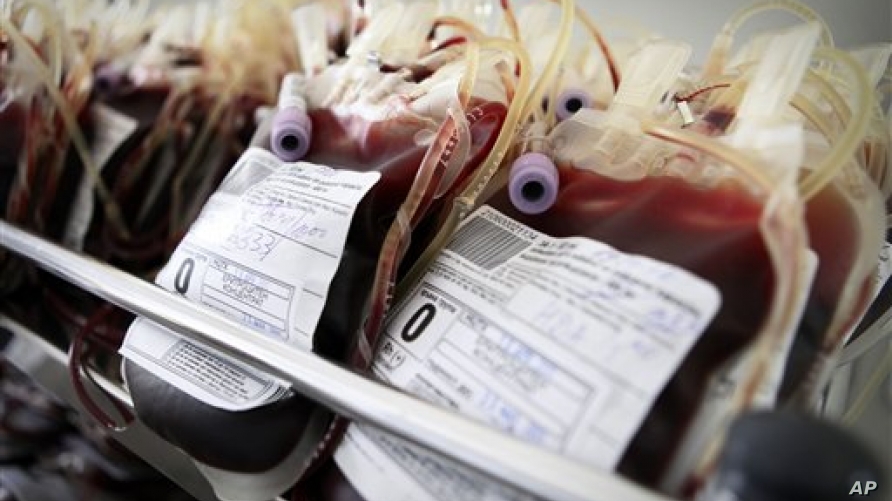Most Blood Stocks For Transfusion Found To Possess Contaminants Ranging From Caffeine To Various Medications
Source : Thailand Medical News Nov 27, 2019 6 years, 2 weeks, 2 days, 18 hours, 28 minutes ago
If you think that all
blood that you receive during
blood transfusion is pure, think again. Scientists at Oregon State University upon analyzing
blood samples taken from various blood banks have shown that most
blood come laden with medications, caffeine, supplements etc.

In their research involving conducting mass spectrometry research, Dr Richard van Breemen and Dr Luying Chen worked with various biomedical suppliers to purchase 18 batches of supposedly pure human
blood serum pooled from multiple donors. Biomedical suppliers get their
blood from
blood banks, who pass along inventory that’s nearing its expiration date.
All 18 batches tested positive for caffeine. Also, in many of the samples, the researchers found traces of cough medicine and an anti-anxiety drug. The findings point to the potential for
contaminated blood transfusions, and also suggest that
blood used in research isn’t necessarily pure.
Dr Luying Chen told
Thailand Medical News, “From a ‘contamination’ standpoint, caffeine is not a big worry for patients, though it may be a commentary on current society. But the other drugs being in there could be an issue for patients, as well as posing a problem for those of us doing this type of research because it’s hard to get clean
blood samples.”
The study was published on November 10, 2019, in the
Journal of Pharmaceutical and Biomedical Analysis.
Besides caffeine, the research also involved testing pooled serum for alprazolam, an anti-anxiety medicine sold under the trade name Xanax; dextromethorphan, an over-the-counter cough suppressant; and tolbutamide, a medicine used to treat type 2 diabetes.
Most of the pooled serum was free of tolbutamide, but eight samples contained dextromethorphan and 13 contained alprazolam possibly meaning that if you ever need a
blood transfusion, your odds of also receiving caffeine, cough medicine, and an anti-anxiety drug are pretty good!
Dr van Breemen, the director of OSU’s Linus Pauling Institute commented, “The study leads you in that direction, though without doing a comprehensive survey of vendors and
blood banks we can only speculate on how widespread the problem is. Another thing to consider is that we found drugs that we just happened to be looking for in doing the drug interaction assay validation how many others are in there too that we weren’t looking for?”
The objectiveof the study by Chen and van Breemen was to test a new method for evaluating the potential for interactions between botanical dietary supplements and drug metabolism.
The platform involves rapid protein precipitation and ultra high pressure liquid chromatography and is being used to support clinical studies. In the clinical studies, participants take a drug cocktail along with a botanical supplement hops, licorice or red clover to see if the supplement causes any of the
news/articles/med-news">drugs to be metabolized differently than they otherwise would.
“Herbs and botanicals basically contain natural products with drug-like activities,” van Breemen said. “Just as a drug may alter the drug-metabolizing enzymes, so can natural products. It can become a real problem when someone takes a botanical supplement and is also on prescription drugs how do those two interact? It’s not straightforward or necessarily predictable, thus the need for methods to look for these interactions. The odd thing in this case was finding all the tainted
blood.”
For the study, two individual donors who agreed to abstain from caffeinated foods and beverages had to be enlisted so the research could be completed.
Reference: “Validation of a sensitive UHPLC-MS/MS method for cytochrome P450 probe substrates caffeine, tolbutamide, dextromethorphan, and alprazolam in human serum reveals drug contamination of serum used for research” by Luying Chen and Richard B. van Breemen, 10 November 2019, Journal of Pharmaceutical and Biomedical Analysis.
DOI: 10.1016/j.jpba.2019.112983
